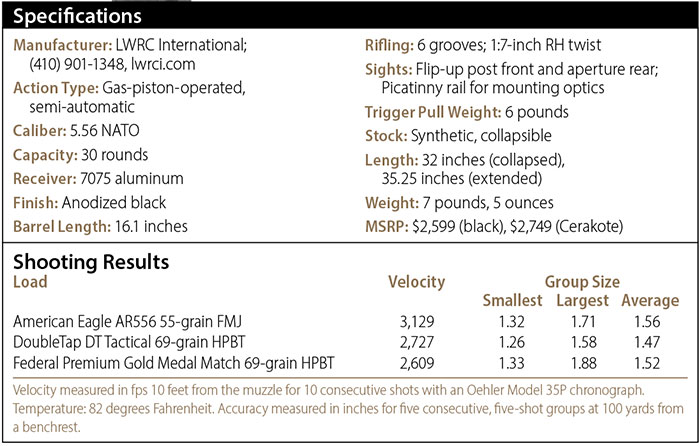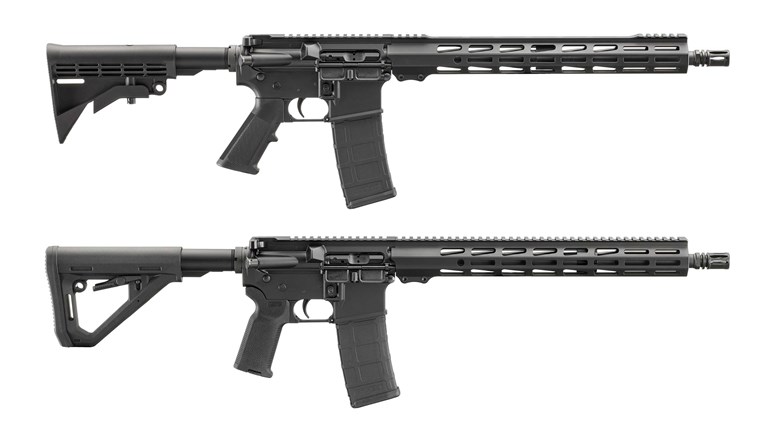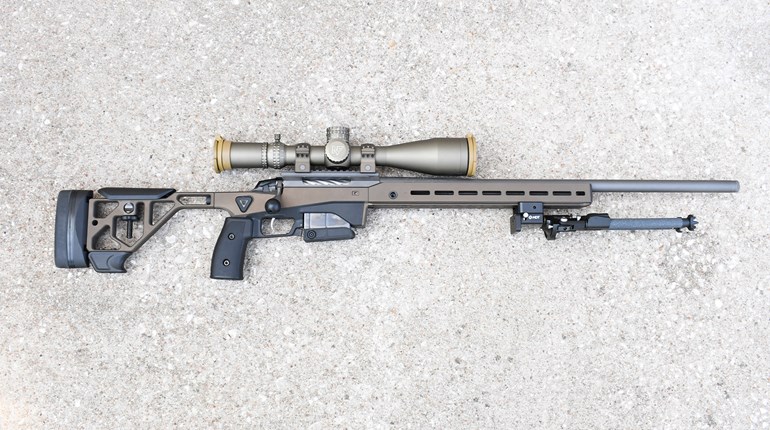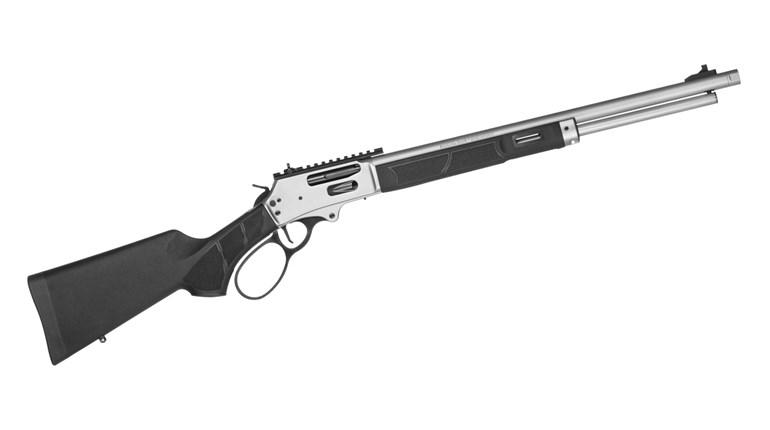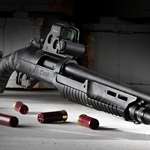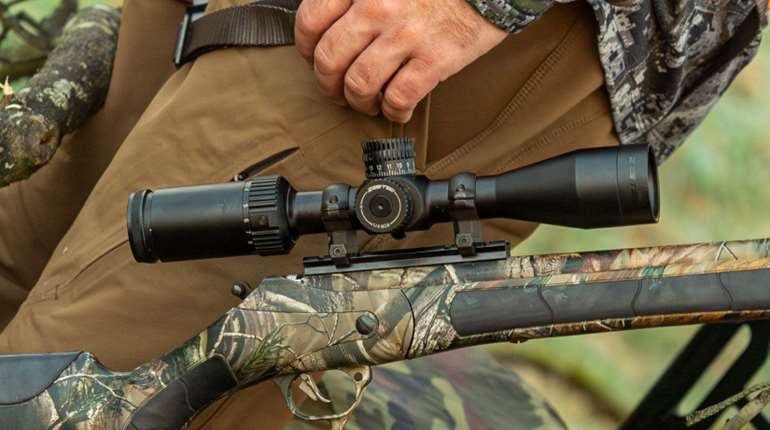
It seems like just about everyone is making a gas-piston AR these days, but that wasn’t always the case. Just a few years ago, if you wanted an AR that didn’t use the traditional direct-gas-impingement system, you could count your options on one hand and have fingers left over. LWRC was one of the early innovators of the gas-piston black rifles, and the company’s years in the business have allowed it to innovate its products to the point of maturity. The LWRC Individual Carbine—or M6IC—is the evolution of a decade of design and real-world experience. It is a general-purpose carbine, suited for use across a wide spectrum of practical needs.
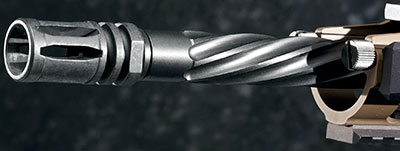
It’s hard to talk about LWRC without mentioning the Cambridge, MD-based company’s gas-piston system, so let’s start there. Traditional AR-15 designs use propellant gases vented from the barrel via a small gas port and guided into the upper receiver through a gas tube to actuate the bolt-carrier group. Like any design, it has its strengths and weaknesses. Its biggest strength is its light weight. If Eugene Stoner’s innovative gas system has a negative side effect, it is that it dumps hot carbon directly into the part of the rifle you’d like to keep as clean and cool as possible. During ordinary use and with regular maintenance, this is fine, but with aggressive schedules of fire or when cleaning becomes impractical, it can lead to reliability problems and even accelerated wear on parts. These concerns are often overblown, as I have rarely encountered malfunctions in the AR-15 that can be completely traced to the direct-gas-impingement system, a sentiment echoed by many with far more experience than I. What is not overblown is the direct-gas-impingement system’s incompatibility with two modern innovations: short barrels and suppressors. Both of these attributes—which have become commonplace on modern carbines after the education of more than a decade of sustained combat—accentuate the reliability concerns surrounding direct-gas ARs.
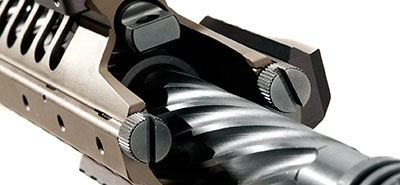
The IC uses a short-stroke gas piston to operate the working parts of the carbine, which has distinct advantages of its own. The piston rides above the barrel at the 12-o’clock position and uses inertia instead of hot propellant gas to cycle the bolt. The advantages of not dumping hot gas into the receiver are obvious, as critical working parts with tight tolerances stay clean and cool. After putting more than 250 rounds through my test carbine, an A5 variant of the IC, the bolt was essentially spotless. A piston system is also more reliable with suppressors when the adjustable gas block is set to suppressor mode, and barrel length is pretty much irrelevant to reliable function (LWRC offers 10.5- and 8.5-inch barrels on its SBR and PSD models).

There are no free lunches here, though. The precision-steel parts of the piston system add both weight and considerable cost to the carbine. What these components don’t add, in stark contrast to many of the gas-piston designs on the market, is bulk—the handguard of the IC is as narrow as any carbine I’ve used. As for weight, the 16.1-inch IC is on the lighter end of the piston AR spectrum at 7.3 pounds.
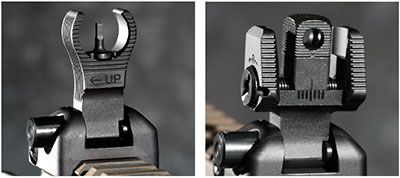
Piston aside, the M6IC is still not your ordinary M4-style carbine. The Monoforge upper receiver deletes the traditional barrel nut and gives a seamless top rail from the charging handle to the gas block, which allows for the mounting of just about any conceivable optic arrangement. The vented freefloat handguard is slick-sided, but individual rail sections can be mounted in 21 positions on the sides and bottom. During testing, I used one of the included rail sections to attach a Harris bipod—a painless process resulting in a secure mount.
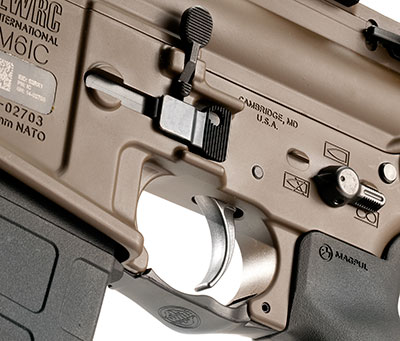
In order to access the piston system, two thumbscrews allow for the removal of the top half of the handguard. The process takes less than 30 seconds and LWRC claims that the top rail will return to zero upon reassembly. The IC comes equipped with high-quality flip-up front and rear iron sights mounted to the rail, which add considerable monetary and practical value—comparable aftermarket sights would cost a couple of hundred dollars. Nearly the entire carbine, including the upper and lower receivers and the handguards, can be Cerakoted in your choice of olive green, patriot brown or flat dark earth for an extra $150 from the factory. The standard finished is anodized black.

The barrel is cold-hammer forged in-house by LWRC and spiral fluted, with seven deep ball-end-mill flutes that run the length of the barrel. The flutes cut 20 percent of the barrel’s weight, provide additional surface area for heat dissipation and look pretty cool, too. A black-nitride treatment on both the inside and outside of the barrel helps resist both corrosion and wear, and actually increases the Rockwell hardness of the steel. The IC is available with a 16.1-inch barrel or a 14.7-inch variant with a pinned and welded flash hider to comply with NFA barrel-length requirements. A 1:7-inch twist rate means that you can take full advantage of fantastic, heavier .223-caliber bullets such as the 70-grain Barnes TSX when it matters, yet still use inexpensive training ammo that utilizes lighter projectiles. A USGI-type flash hider comes standard, but can be swapped out easily if you need to mount a different flash hider, muzzle brake or sound-suppressor mount.

Because of the piston system, the bolt carrier is different from a standard AR and offers some real upgrades. Because there is no gas contacting the carrier, there is no need for a gas key. Improperly staked gas keys are a common cause of malfunctions in ARs, so eliminating that weak link in the chain is a good thing. The rear of the carrier is fluted, so less surface area is in contact with the inside of the upper receiver and buffer tube when the action is cycled.
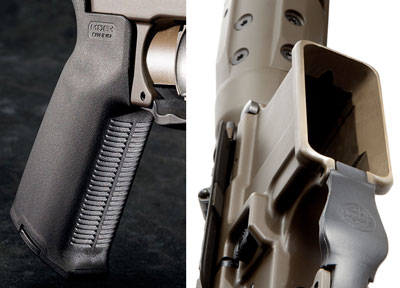
Two important points on which many carbines miss the boat are balance and ergonomics, but the IC shines in these departments. If you’re going to plop down behind a benchrest 6 feet away from your truck, these don’t matter much, but if you plan to carry your carbine any distance and use it in practical situations, these characteristics become extremely important. I found the IC to be very comfortable to carry and shoot, largely because of the fore-end design that is narrow enough to wrap one’s hand around. The controls on the IC are fully ambidextrous, allowing the shooter to use the carbine from either shoulder without mechanical difficulty. The synthetic, collapsible buttstock uses a comfortable cheekpiece that resembles the SOPMOD stock, but is slightly more compact than that popular aftermarket variant. Finally, the magazine well is beveled slightly on the inside surface to help guide magazines home.

Shooting the LWRC wasn’t terribly different from other ARs on the market, though the piston gives the recoil impulse a slightly more mechanical feel. The 6-pound trigger was very consistent and had a short and positive reset. Its weight was a bit of a handicap for the benchrest portion of the test, but felt good during more practical shooting drills. When performing the formal accuracy testing, a pattern emerged where the carbine would put three rounds in the same hole and two flyers would land an inch or so away. A well-proven Nightforce scope ensured that this wasn’t an optical issue and, in my own experience, these types of groups are common with piston-driven ARs. Practical accuracy from field positions was excellent, and the carbine maintained a consistent point-of-impact whether fired hot, cold, clean and/or dirty. Getting prone with a bipod and shooting at small steel targets out to 250 yards quickly got boring, since the gun didn’t seem to want to miss. I ran through well more than 250 rounds of five different types of ammo, and there was never anything close to a malfunction.
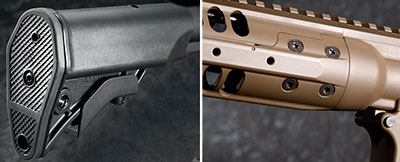
The concept of the Individual Carbine is one gun to do it all. The thought of owning but a single semi-auto carbine is too frightening to consider, but let’s pretend for a moment one would be forced to make such a decision. A durable, reliable, accurate and user-friendly carbine that can stand up to rough use with limited maintenance in austere environments has a real place in the market. Add the upgraded features that are standard on the M6IC, and you’ve got something that could serve as an ideal carbine for a host of purposes.

